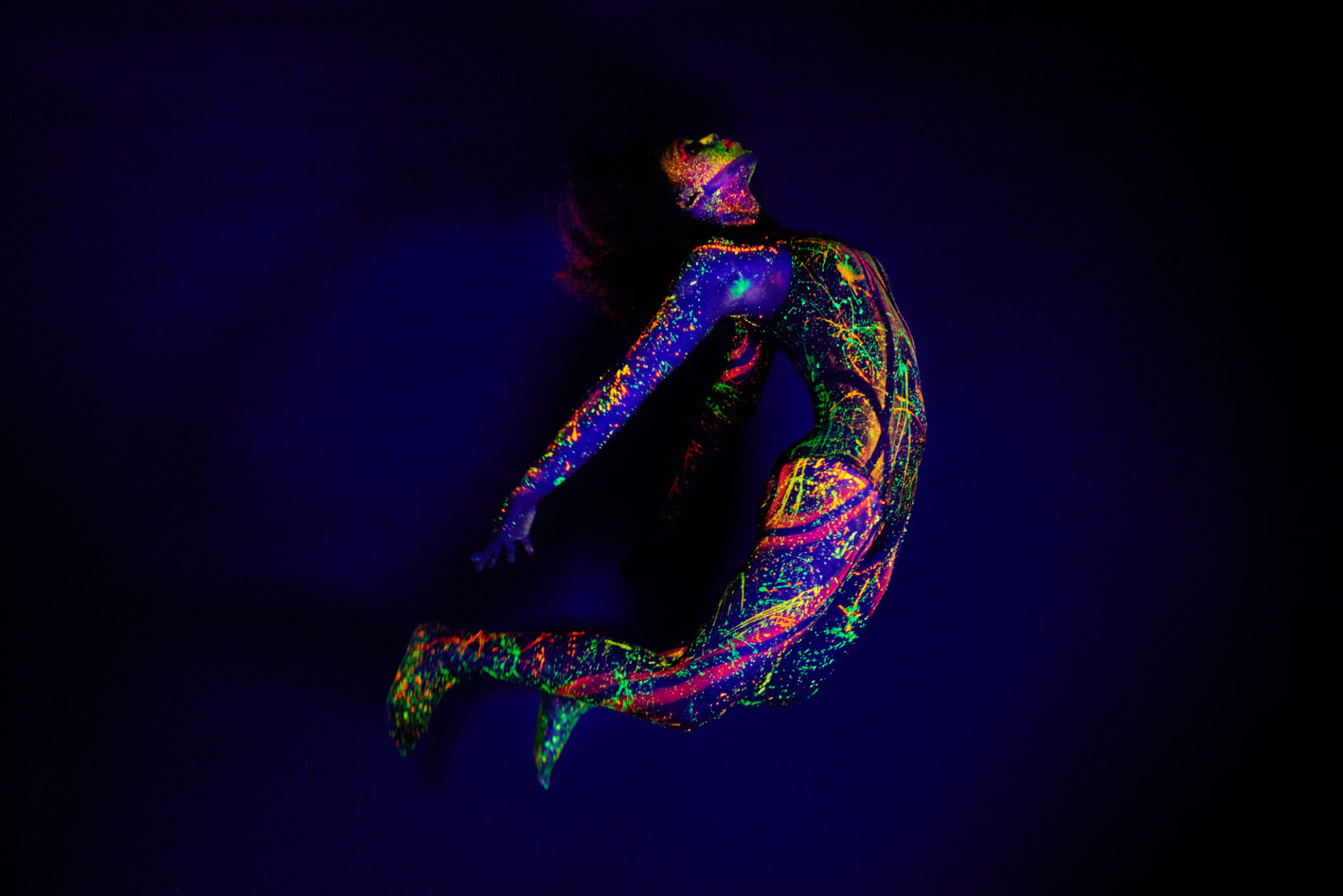How to Prepare Your Artwork for an Exhibition: Tips from Montreuil Experts
Understanding the Exhibition Space
Before showcasing your artwork, it's crucial to understand the exhibition space. Each venue has its own characteristics, from lighting to wall texture, which can affect how your art is perceived. Visit the space beforehand to get a feel for the environment. Take note of any architectural nuances that might enhance or detract from your work.
Consider how your pieces will fit within the space. Will they be competing for attention, or will they complement each other harmoniously? Understanding these dynamics can help in arranging your artwork more effectively.

Selecting the Right Pieces
Choosing the right artwork is essential for a successful exhibition. Begin by selecting pieces that best represent your current style and artistic vision. A coherent theme can tie your work together, making the exhibition more impactful.
Balance is key. Include a variety of pieces to display your versatility, but ensure they align with the overall theme. Too many diverse elements can confuse the audience, while a well-curated selection can engage and captivate them.

Framing and Presentation
How you present your artwork can significantly impact its reception. Choose frames that complement, not overpower, your pieces. The right frame can enhance the artwork, making it more appealing to viewers.
Consider the mounting technique as well. Whether you opt for a traditional frame, a gallery wrap, or a modern floating frame, ensure that it suits the style of your artwork and the aesthetic of the exhibition space.
Lighting Considerations
Lighting can dramatically affect how artwork is perceived. Experiment with different lighting angles and intensities to find the optimal setup. Proper lighting can highlight textures, colors, and details that might otherwise go unnoticed.
Work with the exhibition venue to adjust the lighting to suit your needs. Sometimes even small changes can make a big difference in how your artwork is experienced by the audience.

Labeling and Information
Labels and information plaques provide context and background for your artwork. Ensure that each piece is accompanied by a label that includes the title, medium, dimensions, and a brief description or artist statement.
Keep the information concise but informative. The goal is to enhance the viewer's understanding and appreciation of your work without overwhelming them with too much text.
Promoting Your Exhibition
Promotion is key to attracting visitors to your exhibition. Utilize social media platforms, email newsletters, and press releases to spread the word. Collaborate with the venue to maximize exposure through their networks as well.
Create visually appealing promotional materials that capture the essence of your exhibition. Engaging visuals and compelling copy can entice potential visitors to attend.

Final Preparations
As the exhibition date approaches, conduct a final walkthrough. Check for any last-minute adjustments that might be needed, from repositioning artwork to tweaking lighting. Ensure that the space is clean and inviting.
Prepare any materials you may need for opening night, such as brochures, business cards, and a guestbook. Having these on hand will make the event more professional and engaging for attendees.
By following these expert tips, you'll be well-prepared to present your artwork in the best possible light, ensuring a successful and memorable exhibition.